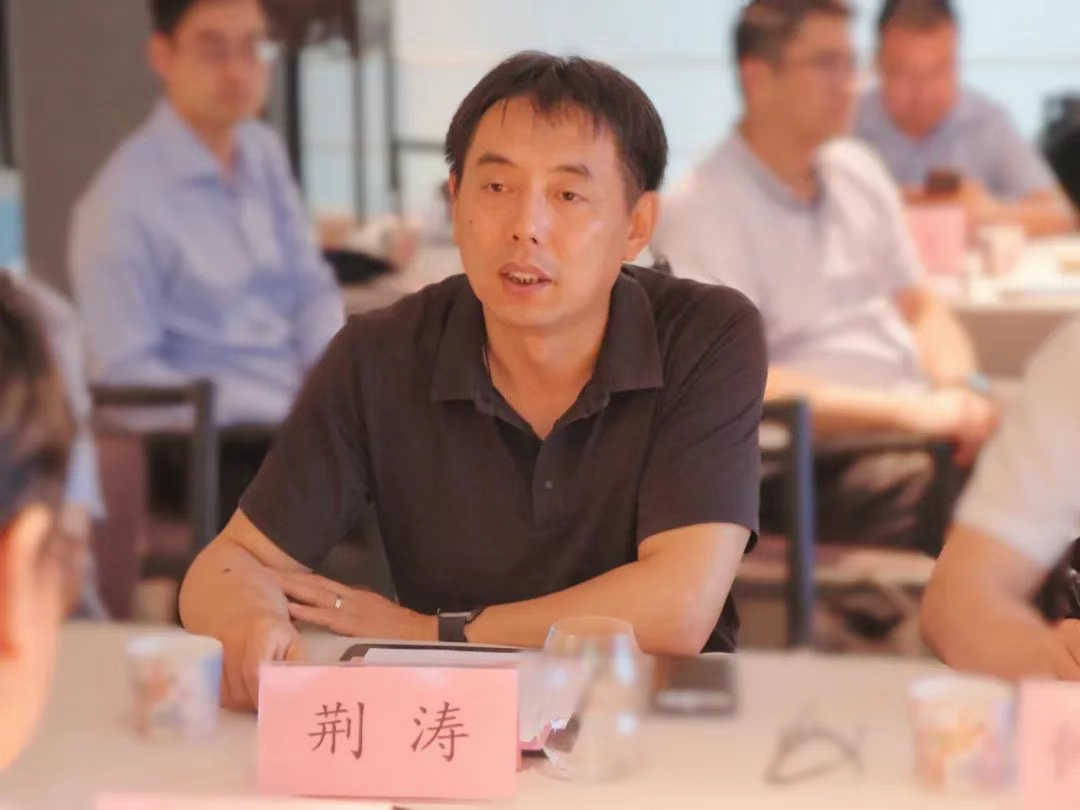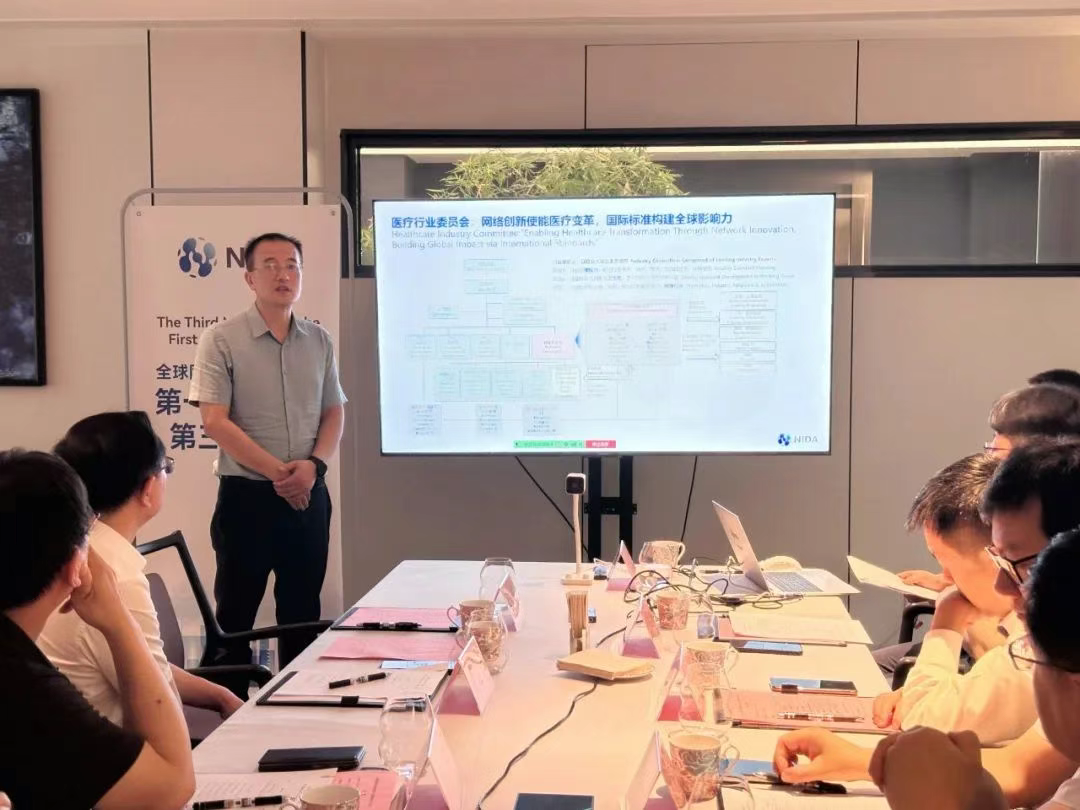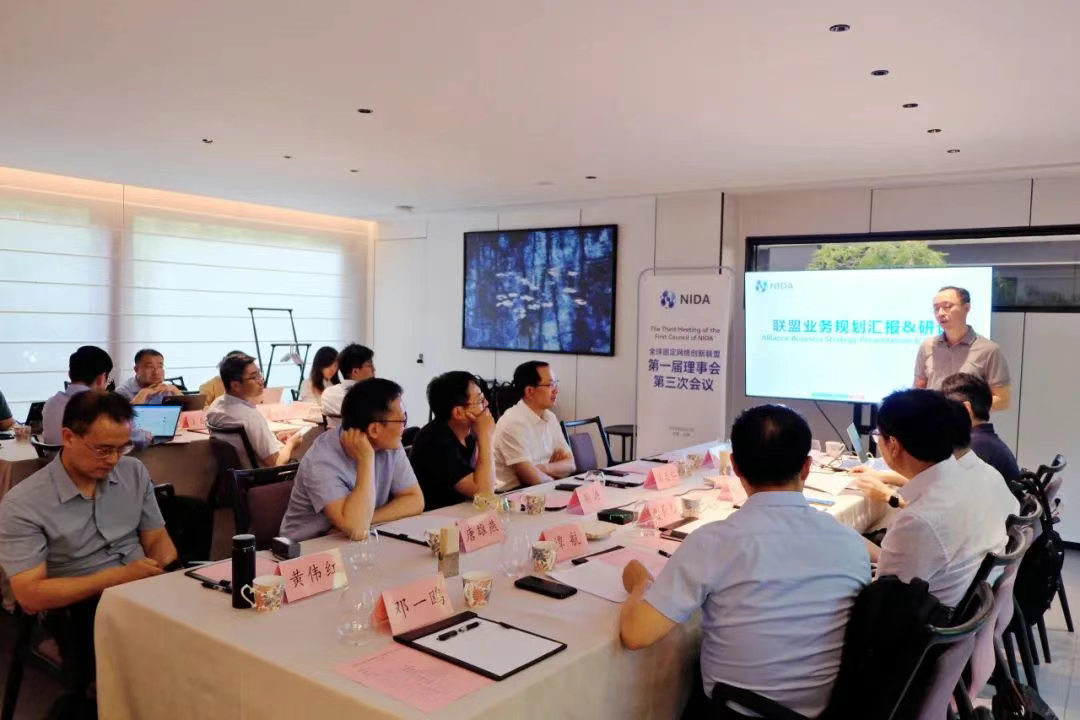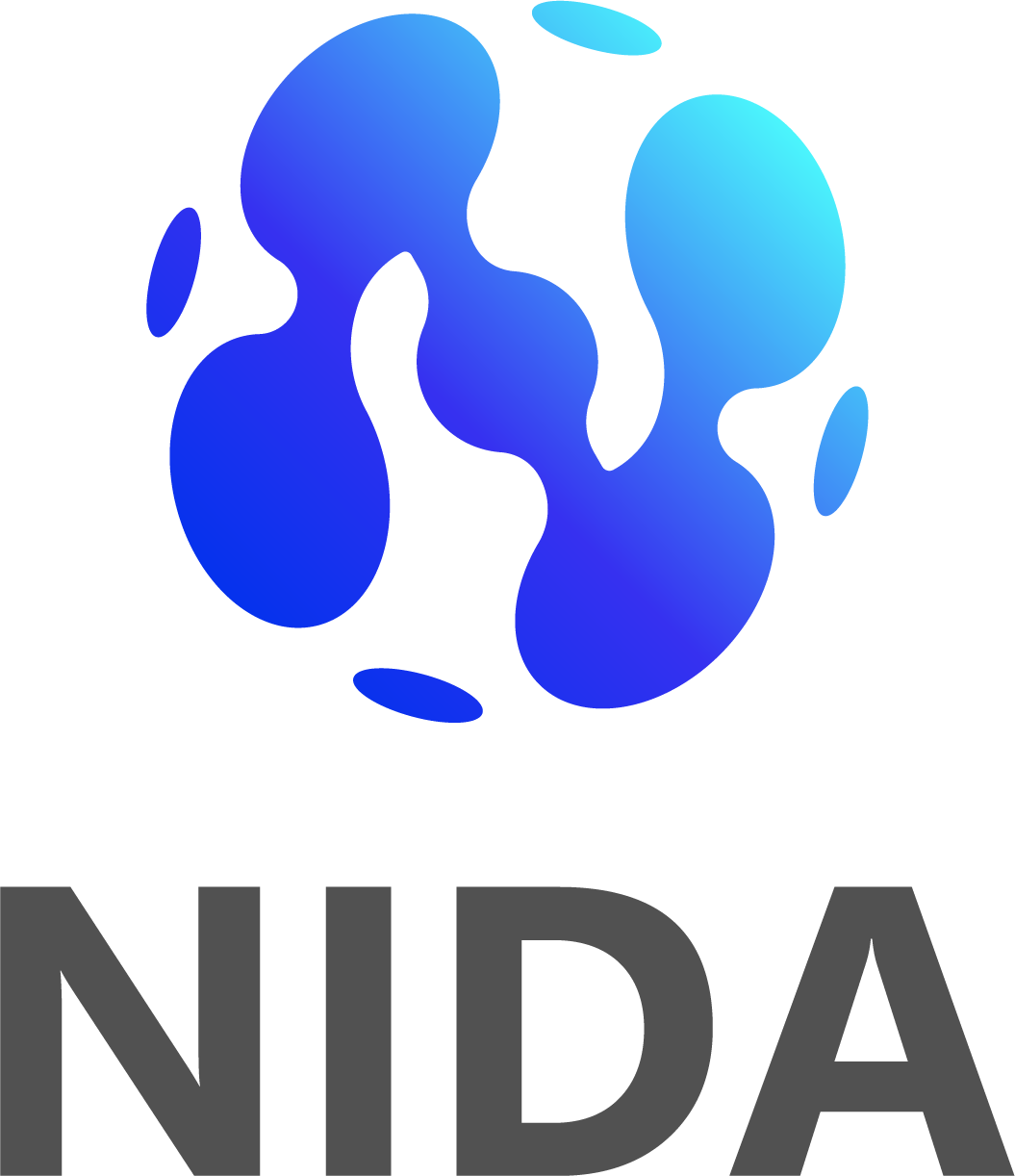The Third Meeting of NIDA's First Council Successfully Held - Drawing a New Blueprint for Industry and Starting a New Strategic Journey
On June 27, 2025, on the occasion of the first anniversary of the Alliance, the NIDA Alliance successfully held the third meeting of the First Council. The meeting adopted a series of important resolutions such as co-election of vice-chairman, establishment of expert committee, establishment of medical profession committee and so on. The Secretary-General of the Alliance systematically reported the annual work results and the strategic plan of "one horizontal and two verticals". The strategic plan of the Alliance officially opened a new chapter of in-depth application of the Alliance industry with "three technology networks and three key industries" as the core.

Speech by the Chairman of the Alliance, a fruitful anniversary of the Alliance
In his speech, the Chairman of the Alliance, Jing Tao, highly affirmed the achievements of the Alliance's anniversary: "The Alliance has achieved remarkable results in terms of influence, membership development and standards. In the future, we need to make the core value of "standards" bigger and stronger, give full play to the leading role of governing bodies in industry, and truly deepen the combination of production, education, research, and use, so that standards can generate practical value. "

Improving Governance Structure and Strengthening Industry Leadership
Four heavyweight vice chairmen are selected by the Council. They come from the network innovation, telecom operation, and equipment manufacturing industries (in order of time of membership):
· Tan Hang (Jiangsu Future Network Innovation Research Institute)
· Fu Zhiren (Beijing Research Institute of China Telecom Co., Ltd.)
· Tang Xiongyan (Research Institute of China United Network Communications Co., Ltd.)
· Shi Weiqiang (ZTE Corporation)
Deepening Verticals, Healthcare Board Leads the Way
As the first major implementation of the alliance's industry-oriented expansion strategy, the meeting reviewed and approved the establishment of the Healthcare Industry Committee. Professor Huang Weihong, Ministry of Education-China Mobile Joint Laboratory, Xiangya Hospital, Central South University, was appointed Chairman of the Medical Industry Committee.

Professor Huang Weihong said: "The Committee will integrate experts from the healthcare industry, demanders, and scenario parties to jointly promote the formulation of international standards for related network infrastructure based on real requirements, and drive high-quality industry development through innovation in technical standards. "
Clarify the strategic layout, expand the industry domain, and build a sound closed-loop of standards and applications.
Deng Yiou, Secretary-General of the Alliance, introduced the work summary of the Alliance over the past year and the future strategic plan of "one horizontal and two vertical lines" at the reporting session of the Alliance's work planning. One horizontal: Promote industry consensus on the new Internet architecture. Two verticals: Establish a standard system to promote industry application. Promote cooperation among international organizations, develop heavyweight members, and enhance the industry influence of the alliance.
Deng Yiou, Secretary-General of the Alliance, proposed the following: "Industry committees are set up to accurately introduce industry requirements into the standard development process, and then apply standard achievements to industry scenarios to form a sound closed-loop of'from application to application'."

Towards a New Journey
This meeting is not only a summary of the annual outcomes, but also a starting point for strategic escalation. By setting up industry committees and defining the three main tracks, the NIDA Alliance is turning the vision of the "new Internet" into practical industry practices. In the future, the Alliance will continue to build industry benchmarks, strengthen the voice of global standards, create core values for its members, and lead the innovation and development of new-generation network infrastructure.

